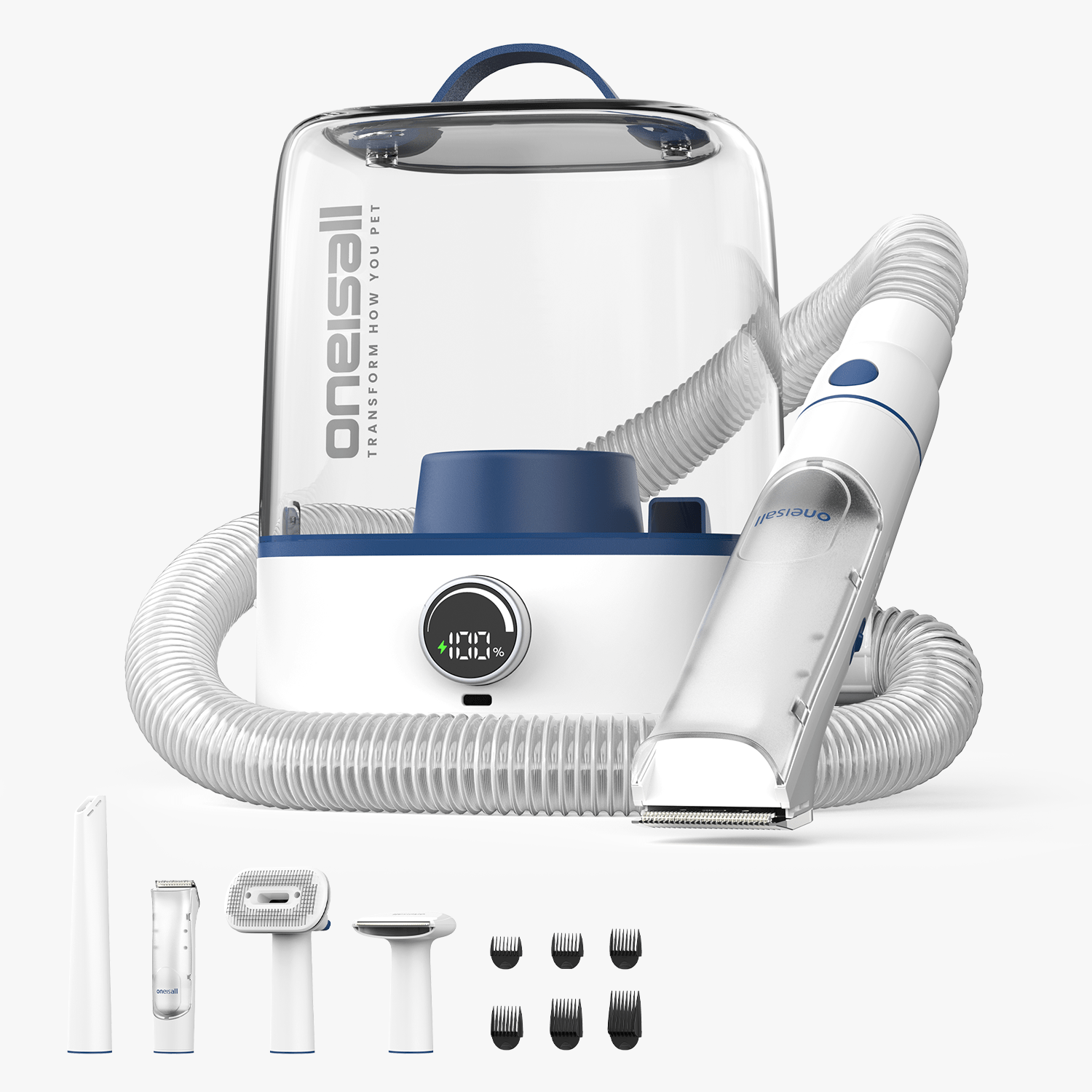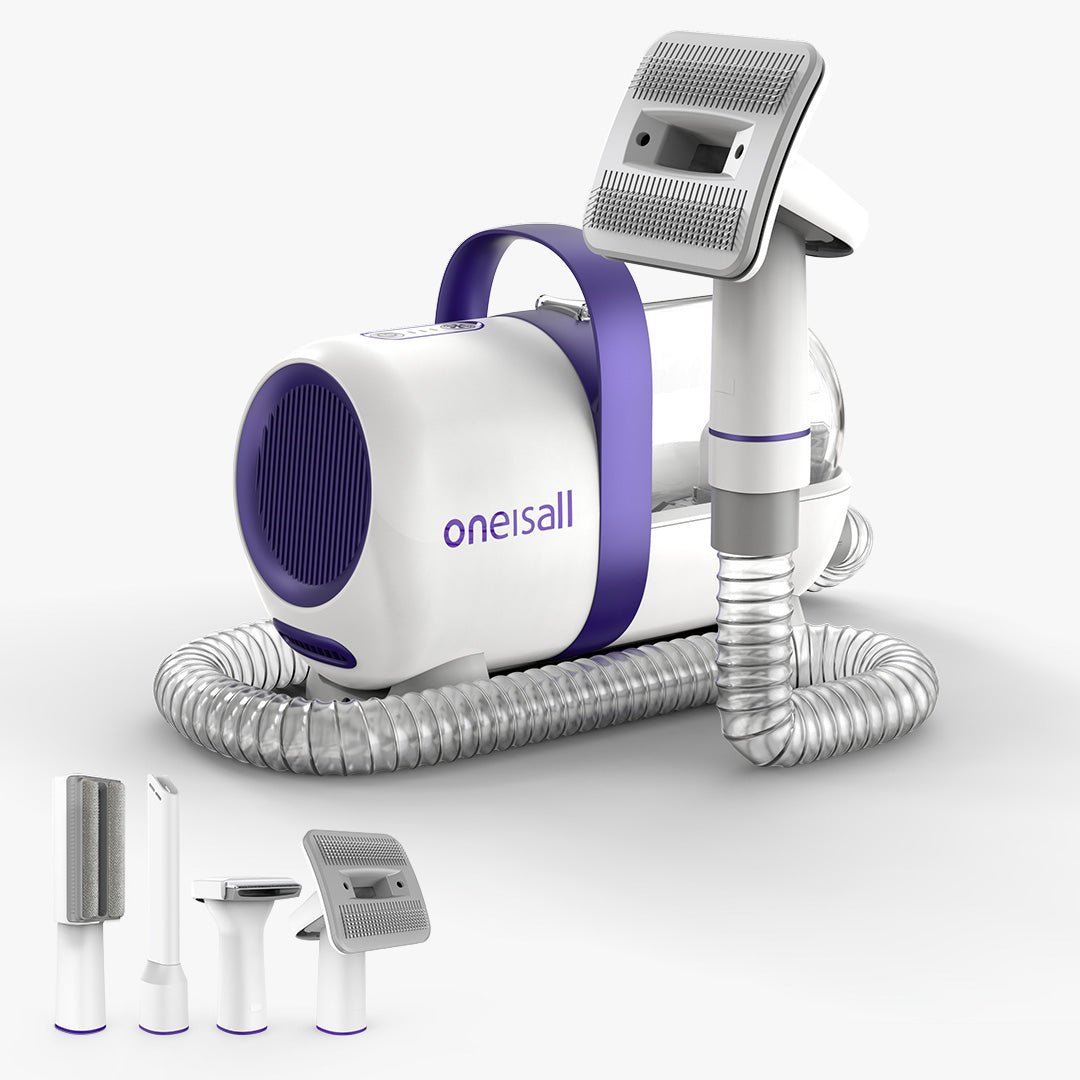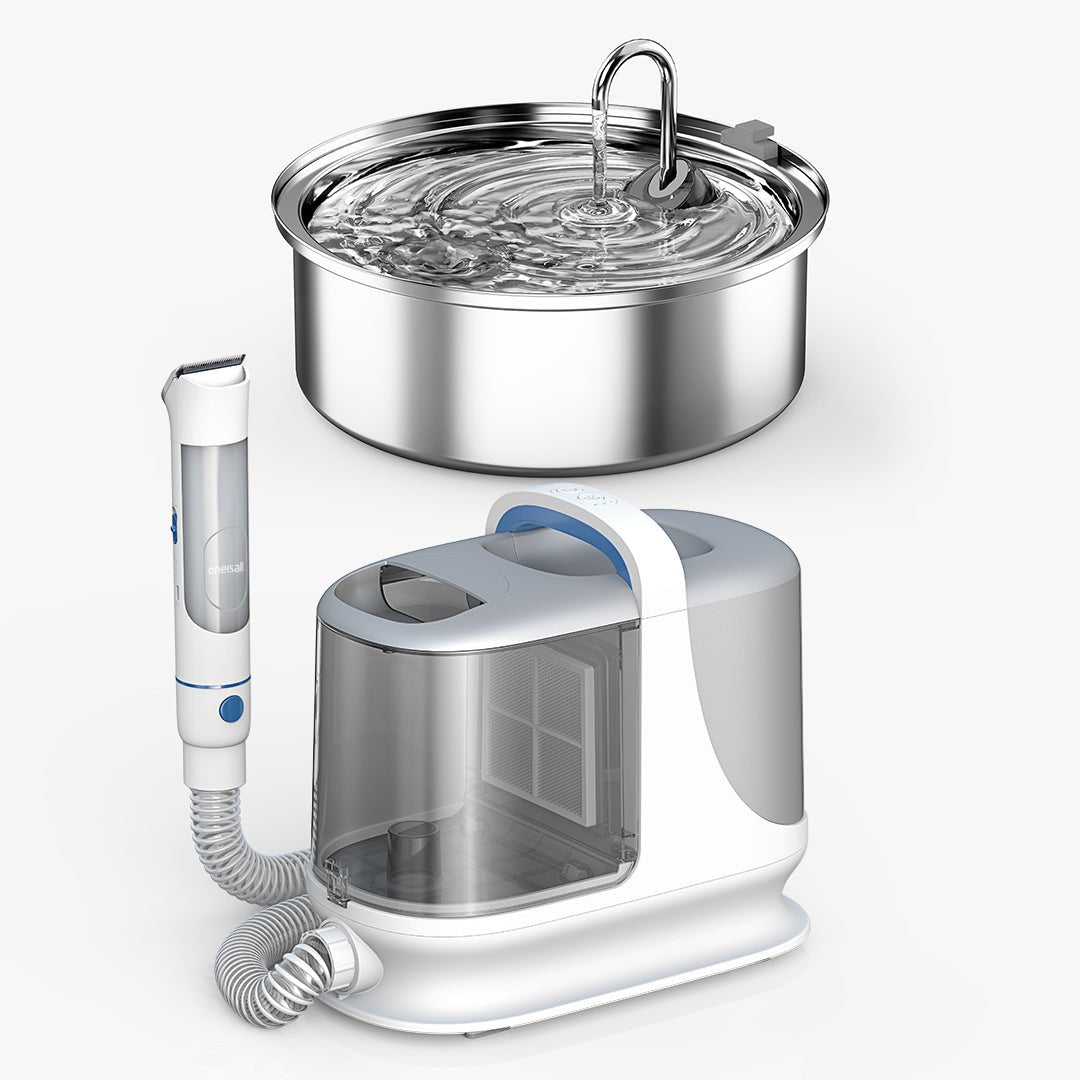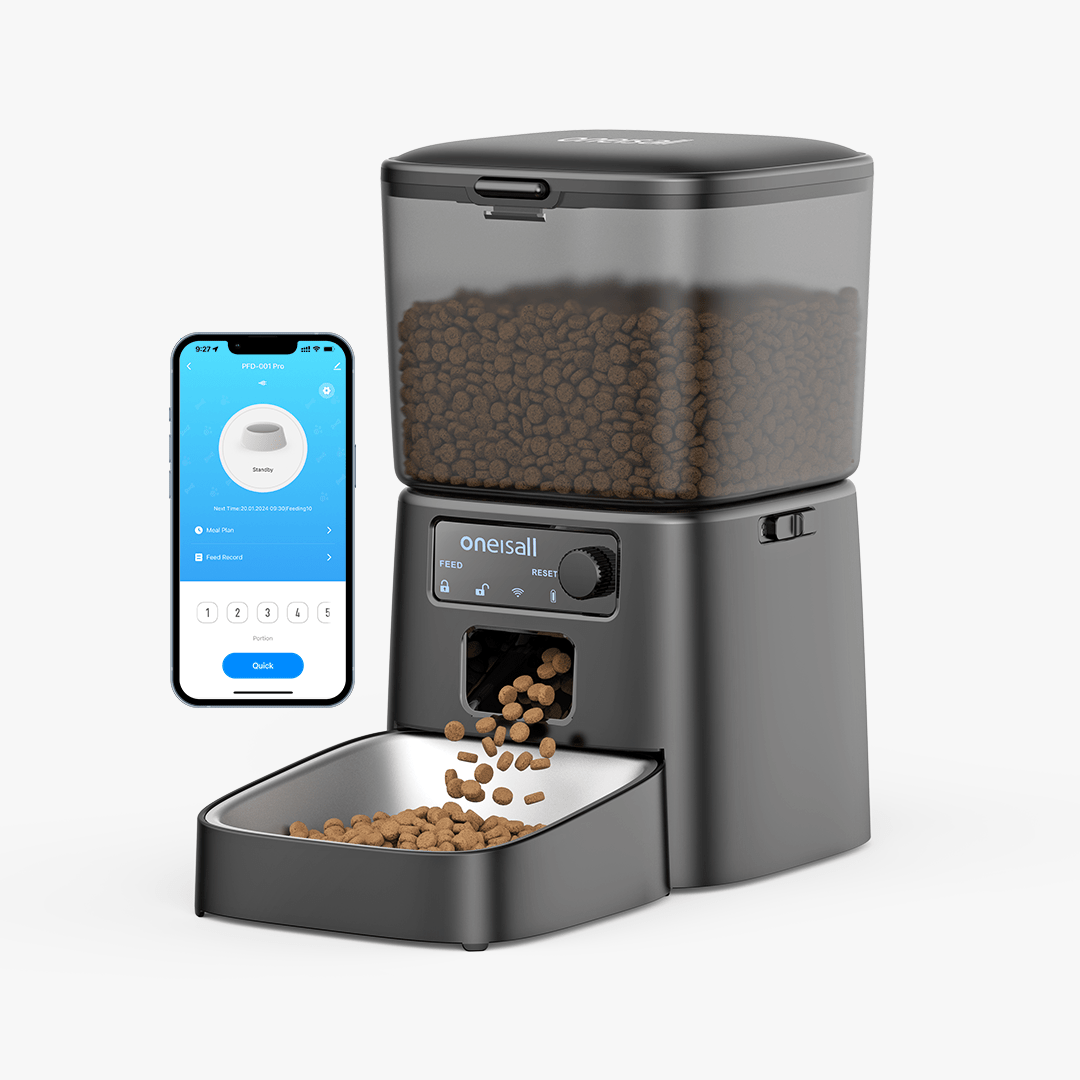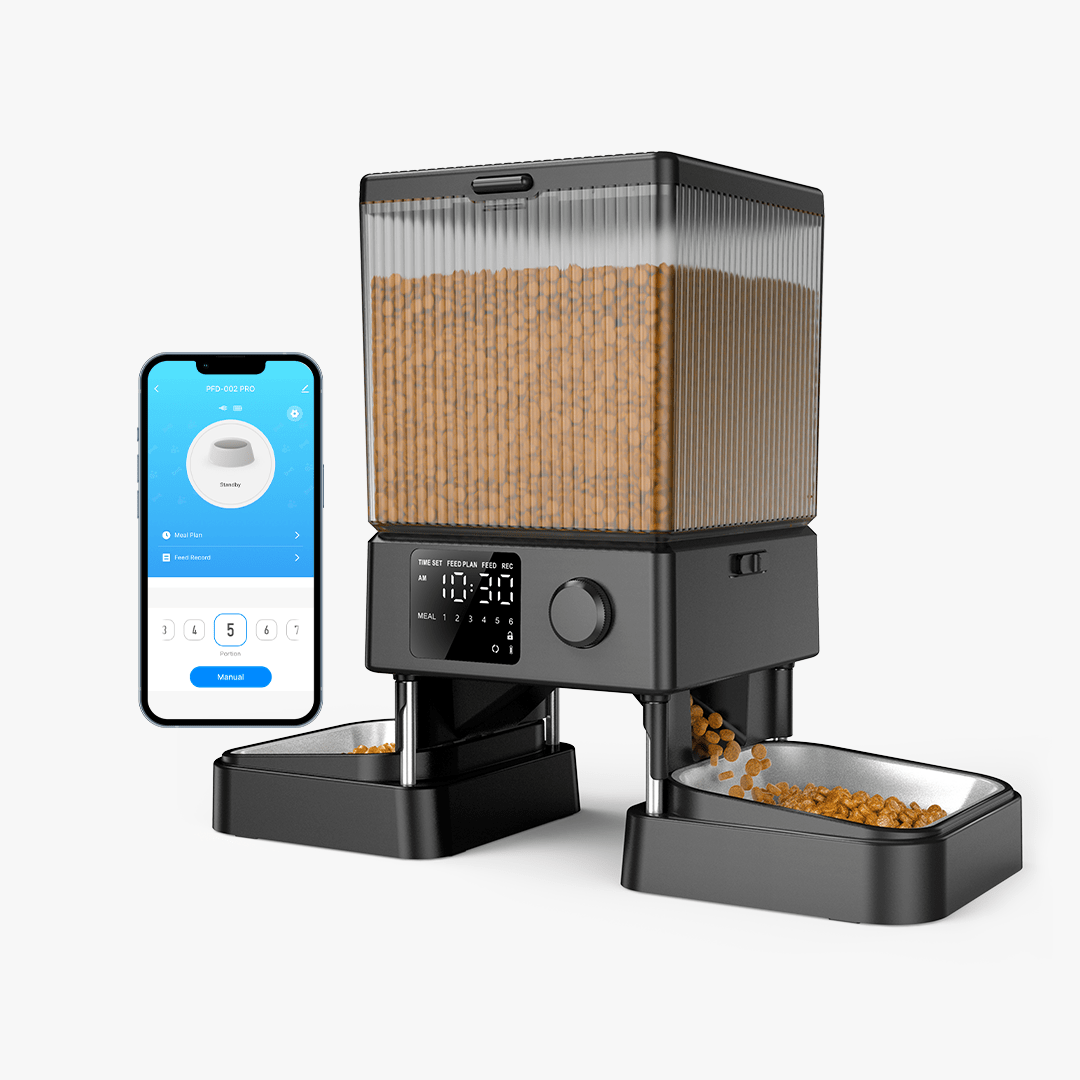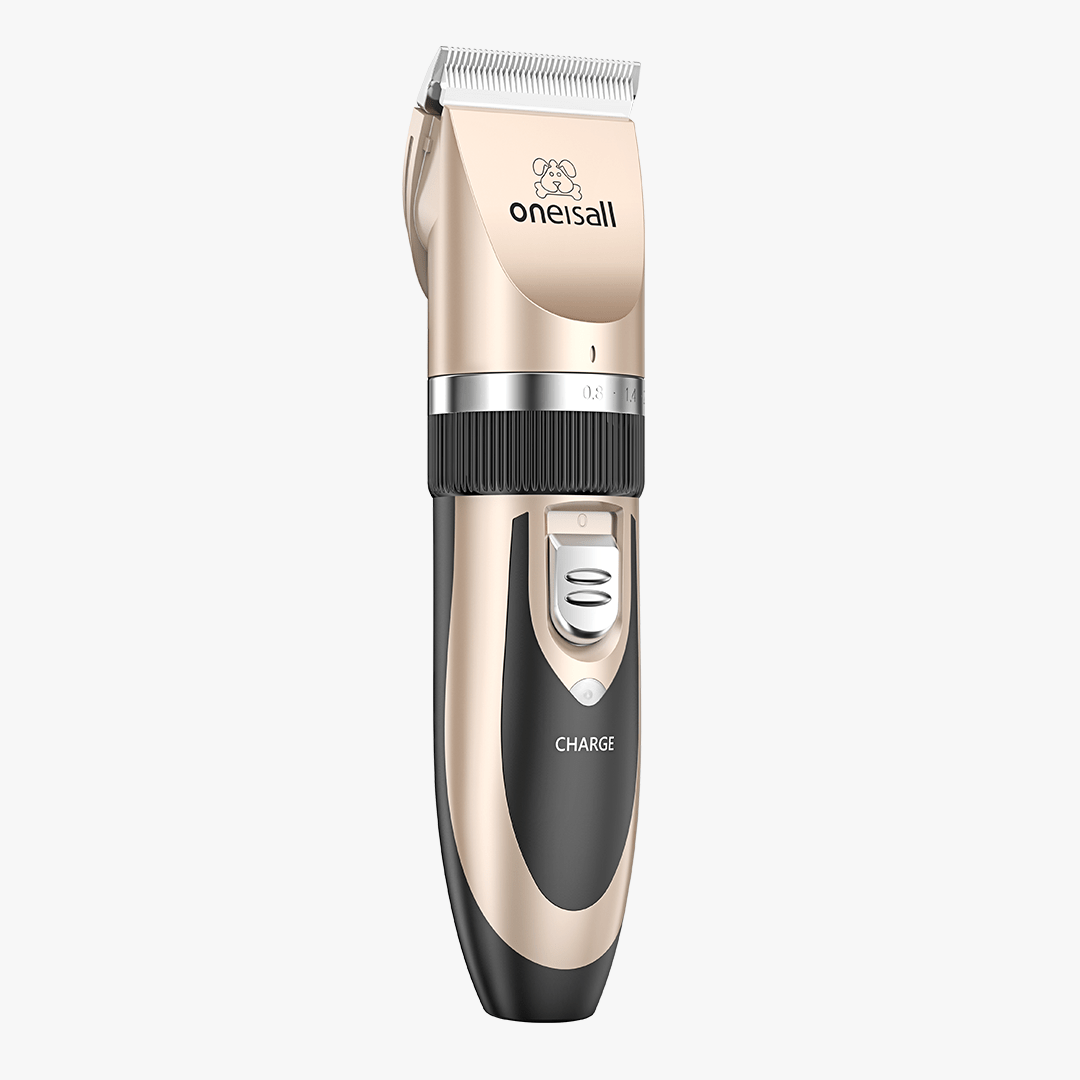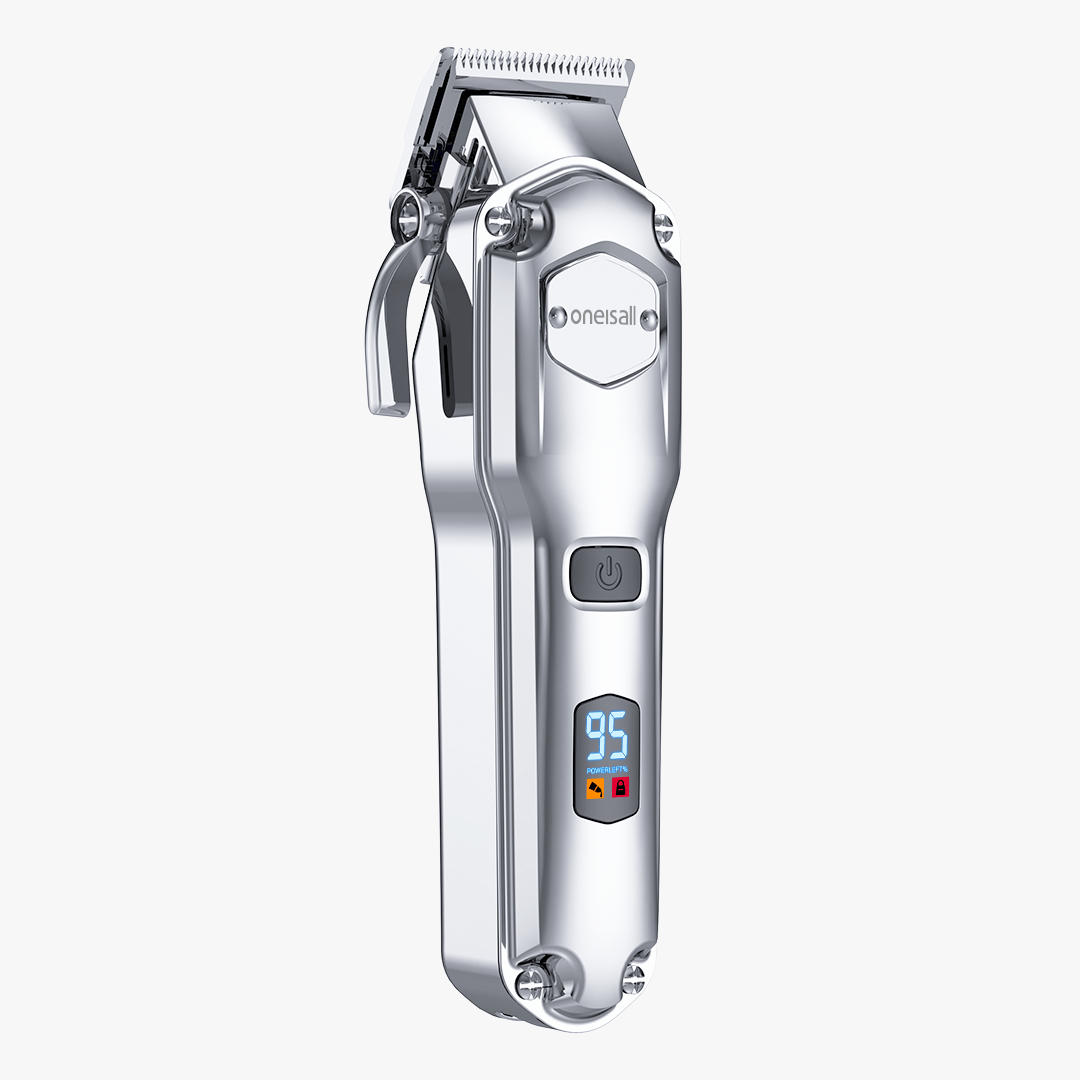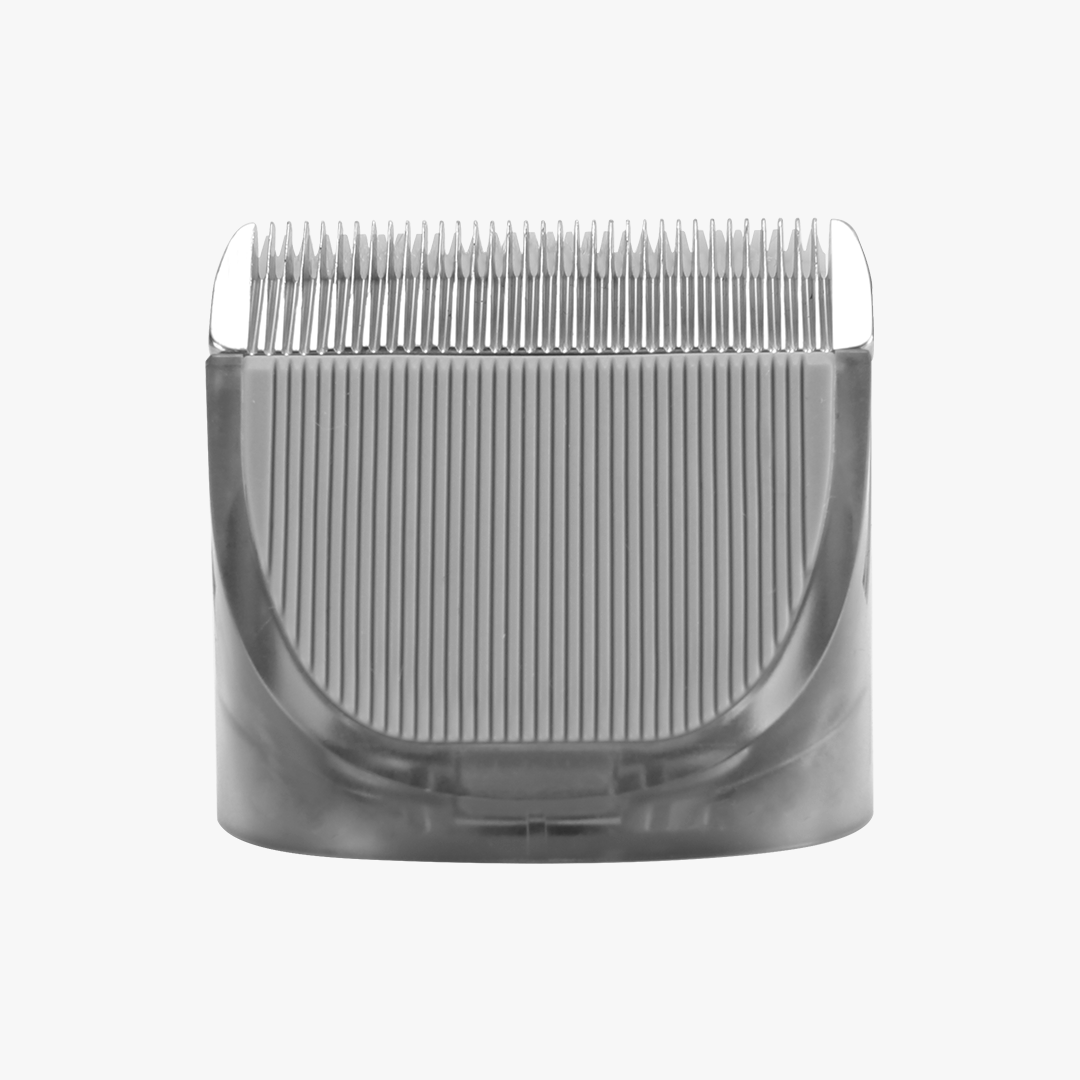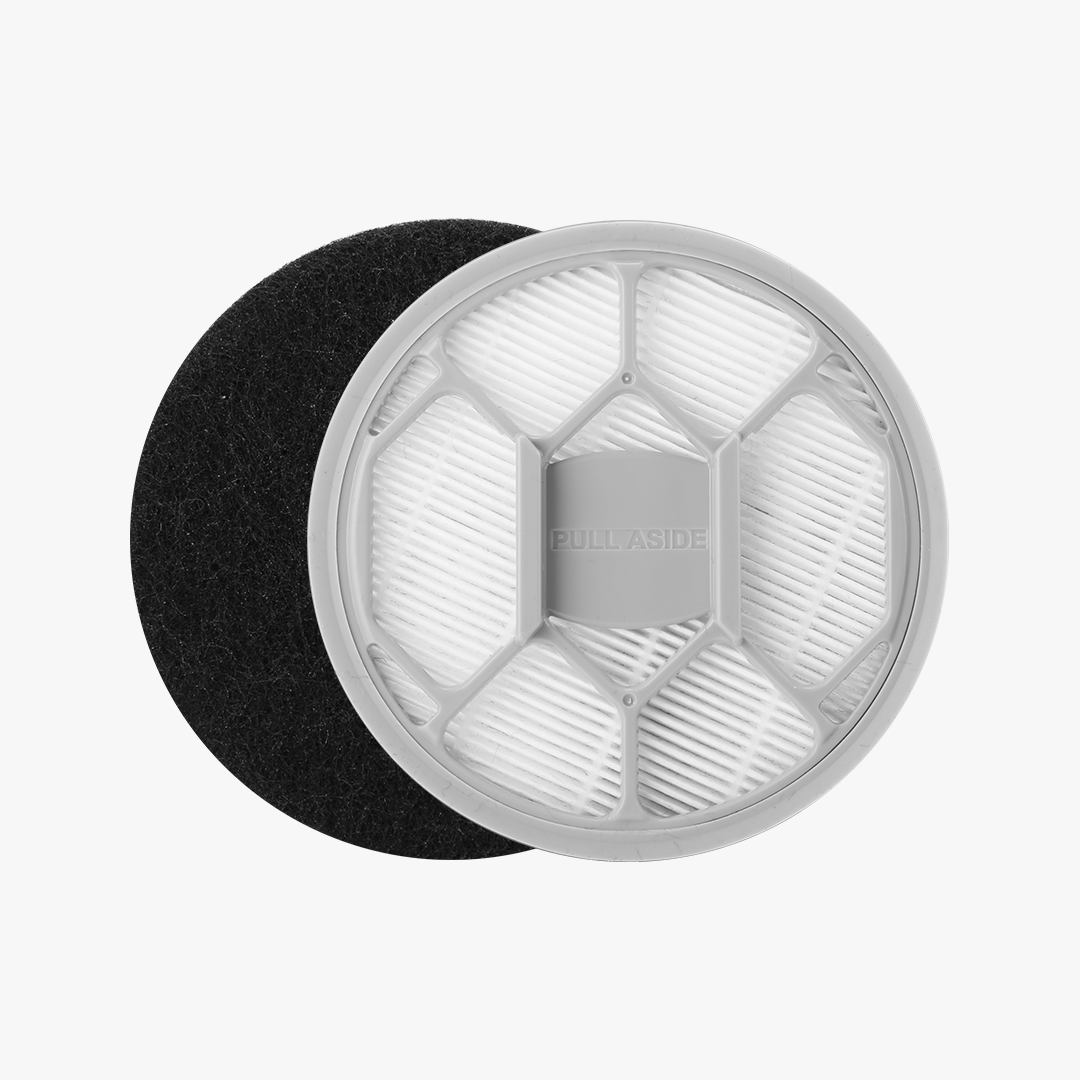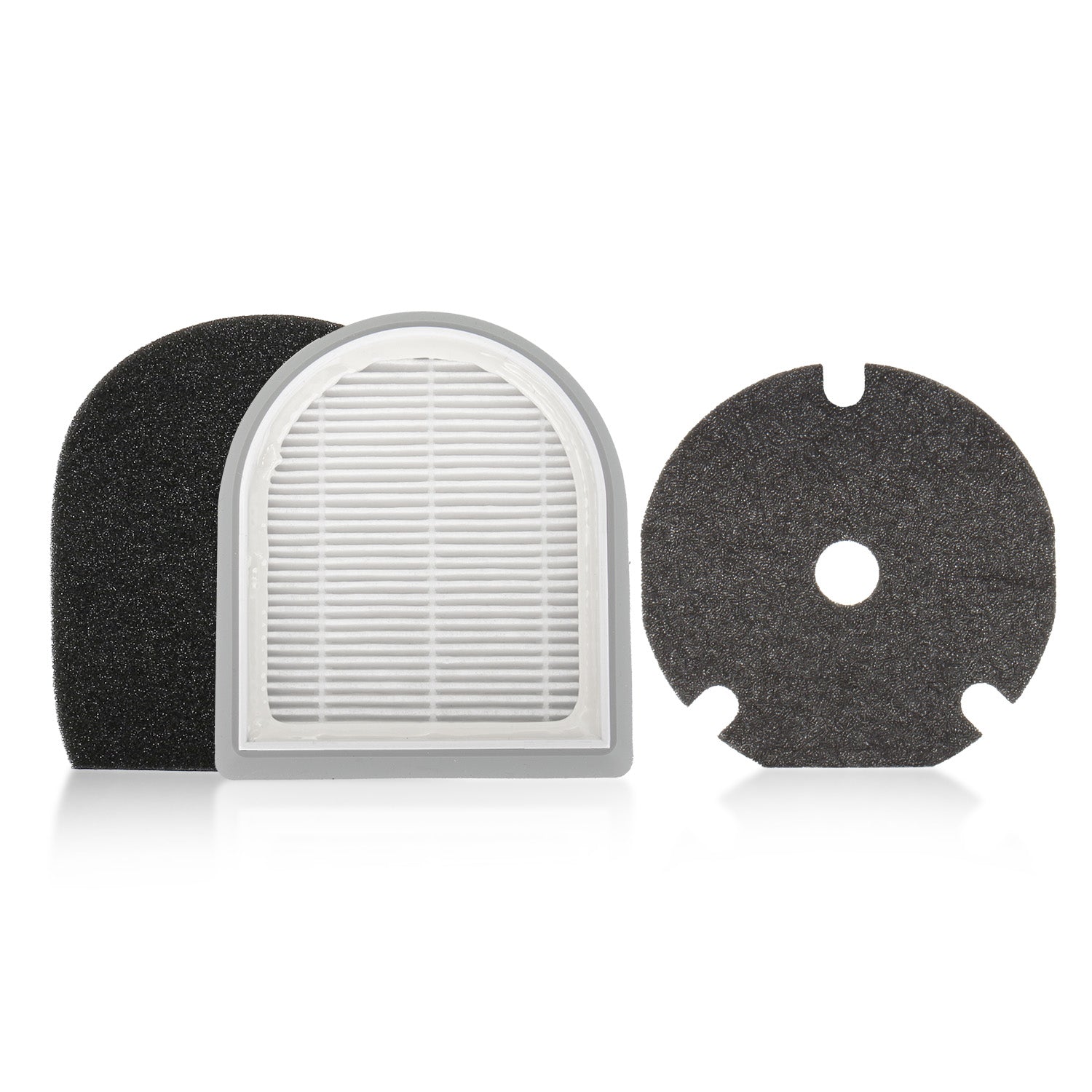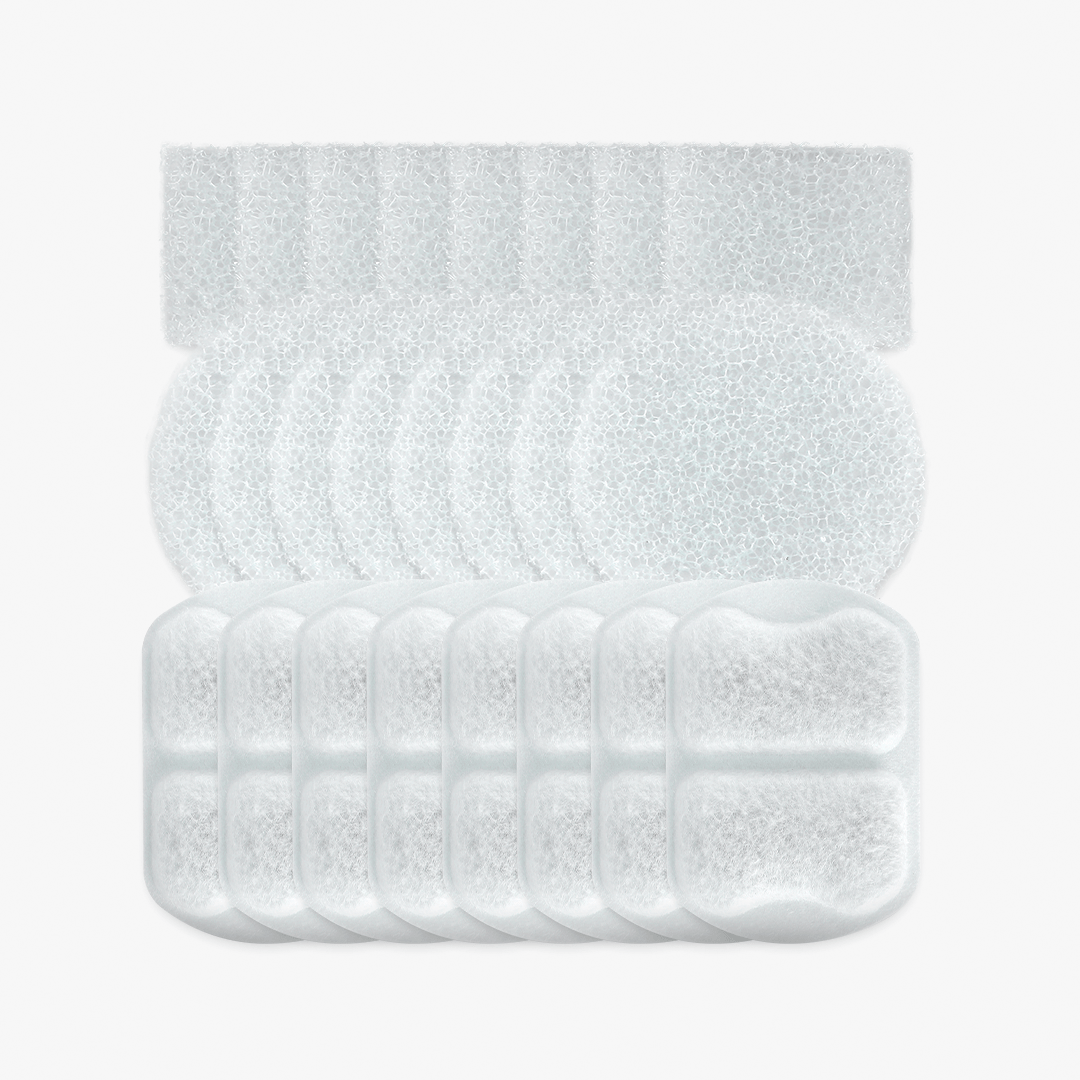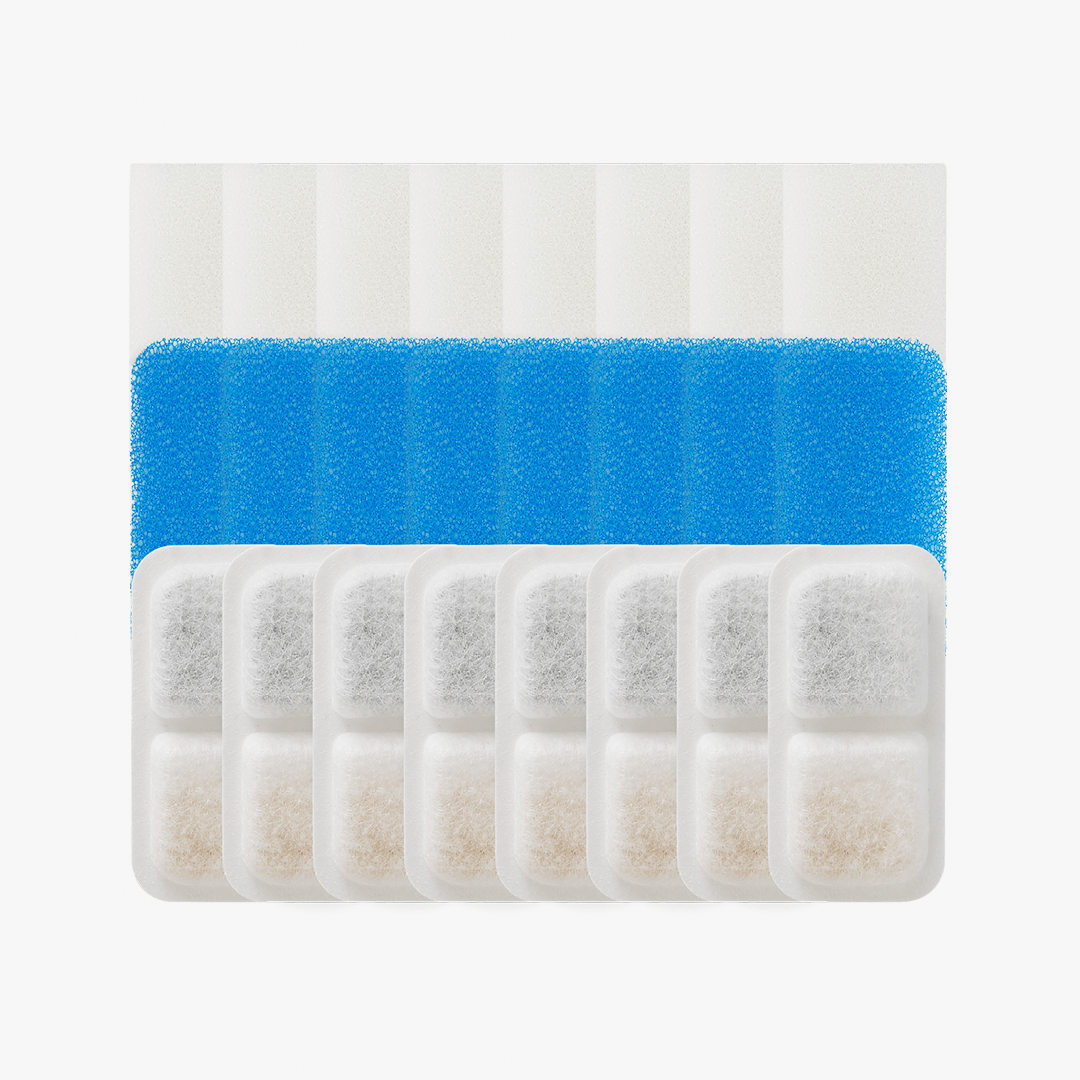Useful Tips for Keeping Your Pet's Coat Healthy and Shiny
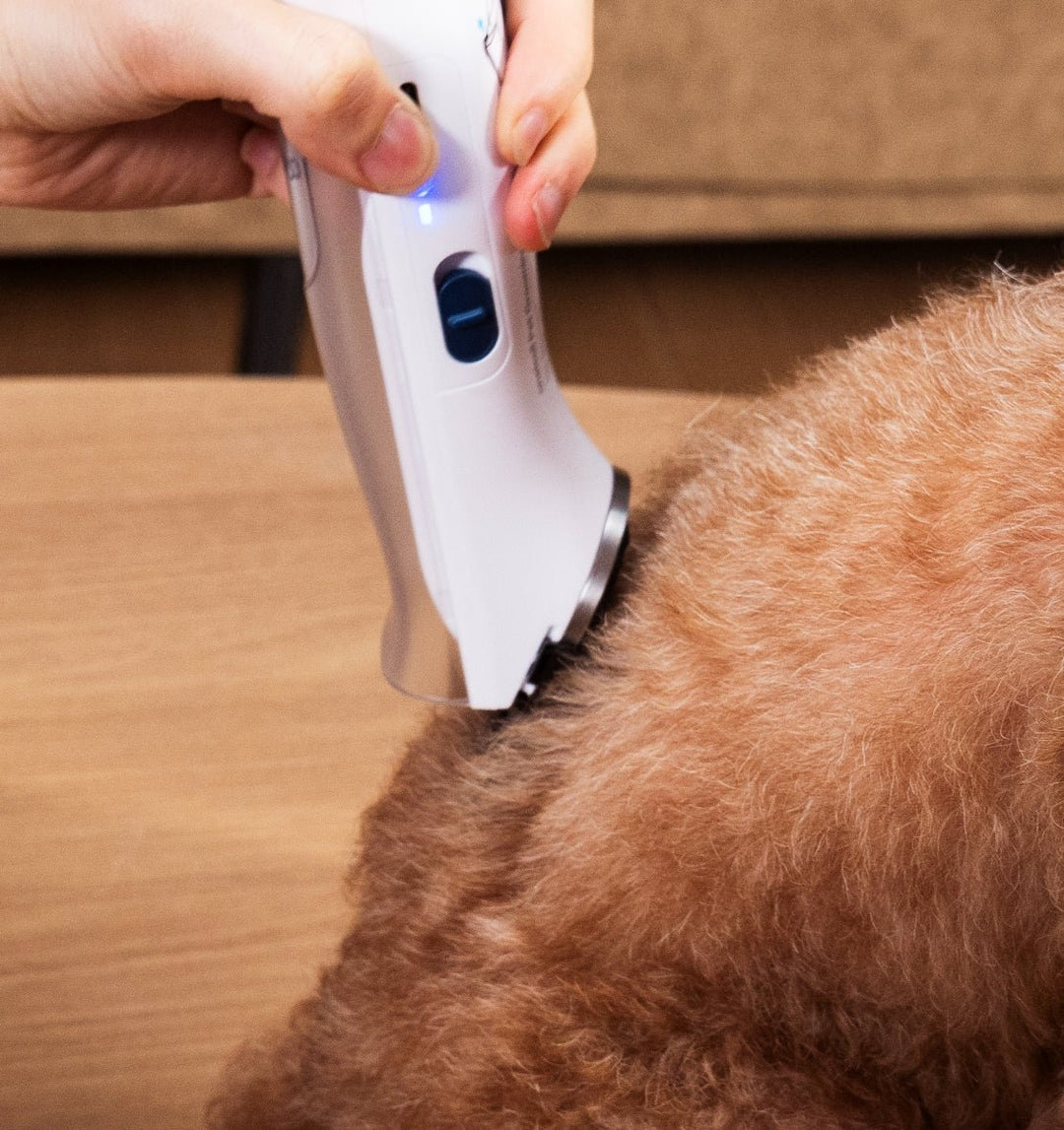
A soft, glossy coat indicates your furry companion feels happy and healthy inside and out. However, dull, shedding fur often signals underlying issues that need some troubleshooting to restore skin and hair to prime condition again. This article compiles top techniques, from pet nutrition and supplements to grooming and veterinary best practices to protect your pet's jacket for optimal well-being and appearance year-round.
Nutrition: The Foundation of a Healthy Coat
As with humans, diet proves foundational fueling pets from the inside out impacting everything from digestion to disease resistance and yes, even hair quality. Ensure your fur baby eats premium chow supplying complete balanced nutrition including:
Essential Fatty Acids:
Pet foods featuring fish, vegetable oils, and other rich sources of omega-3 and omega-6 fatty acids contribute to soft shiny strands and supple skin by decreasing inflammation and overproduction of itchy histamines. Some pets show fast improvements by upgrading to digestion-friendly hydrolyzed protein grain-free formulas or limited ingredient diets targeting suspected food allergies contributing to dull dry coats for certain breeds prone to sensitivities.
Protein:
Adequate high-quality proteins provide building blocks that strengthen hair structure and sheen. Meat, dairy, and eggs offer easily absorbed proteins, unlike inferior plant-only varieties. However, avoid excessive protein levels straining kidney or liver function in mature pets or those predisposed to certain hereditary conditions, instead monitoring ratios guided by veterinary advice tailored to your animal based on health history, age, and weight considerations.
Vitamins and Minerals:
Zinc, copper, vitamin A, vitamin E, and vitamin C deficiencies frequently manifest in dandruff, damaged hair, or excessive shedding signaling nutritional shortcomings remedied through improved diet or supplements when warranted. Diagnostic tests help determine specific needs. Generally selecting reputable premium feed formulated completely avoids gaps meeting all baseline requirements for thriving coats.
Regular Grooming: More Than Just Detangling
Beyond sound nutrition, attentive external upkeep through regular brushing, bathing, and professional grooming appointments removes dirt, loose hair, debris, and skin irritants ensuring your pet parades their best fur possible.
Brushing:
Invest in and use species-appropriate brushes for your unique animal’s coat type, whether short or long-haired variety. Set schedules for 5-10 minute daily brushing sessions avoiding painful tangles, keeping curls fluffed, and sweeping away shed remnants before ingestion. This hands-on ritual promotes bonding while distributing healthy natural oils along hair follicles protecting your pet's visible health barometer.
Bathing:
Employ gentle shampoos formulated specifically for animals when washing coats, concentrating on cleaning skin balancing natural pH, avoiding soap drying or human products irritating sensitive areas. Limit full baths reducing natural sheen but do spot clean high-traffic zones whenever buildup appears. Always completely dry your pet afterwards preventing microbial growth and lingering damp chill. Ask groomers about best practices for your particular pet varieties.
Professional Grooming:
Schedule appointments with experienced pet stylists every 6-8 weeks ensuring thorough shearing and shape-up. In between, rely on quality clippers designed for home upkeep trimming overgrown stray strands around feet, tails, ears, and bellies neatly. Take care not to cut skin by accident when applying blades yourself, however. Professionals expertly handle safe full-body contouring, reducing entanglement risks and allowing fresh growth cycles to shine through beautifully. Long-haired breeds require diligent detangling and fluff drying best left to patient experts with all the right tools.
Essential Daily Care for Pet's Coat
Hydration: Water for Inside and Out
Water access enables biological functions critical for healthy skin and lustrous hair. Always keep bowls filled with clean fresh non-chlorinated water. Monitor increased thirst signalling potential medical issues needing veterinary guidance. Cold water also soothes irritated, itchy skin when applied after bathing before rinsing the residue fully. Water supports beauty inside and out.
Parasite Prevention: A Must for Coat Health
Microscopic mites, lice, and fleas feast on animal tissue often disguising infestations through subtle skin irritation or hair loss instead of overt itching. Attack parasites proactively using veterinarian-prescribed topical monthly flea, tick, and mite treatments tailored to your local region. Dogs and cats who roam outdoors require vigilance avoiding critter hosts around neighborhoods. Follow directions carefully and monitor for reactions to ensure interventions heal, not harm.
Manage Allergies: Itch-Free for a Healthy Coat
Incessantly licking, chewing, or scratching resulting bald patches scream food or environmental allergies demand attention, resolving one source of coat distress and discomfort. Keep treatment plans current using medications minimizing reactions so continuous damage ceases allowing regrowth. Veterinary dermatologists pinpoint specific causes via elimination diet trials and skin tests documenting sensitivities then recommend customized allergen avoidance or immunotherapy protecting furry families long term when avoidance proves impossible.
Supplements: When Diet Isn't Enough
If upgraded diets and eliminations fail to sufficiently improve coat quality alone within months, veterinarians may recommend supplements like essential fatty acid oils or vitamins adding in levels difficult to obtain through food sources alone. Diagnostics help determine any deficiencies. Reputable nutriceutical brands followed judicially per package instructions deliver noticeable improvements.
Environmental Factors: Protect Against the Elements
Wind, weather, and seasons negatively impact exposed pet hair too. Provide warm bundled jackets protecting animal companions against temperature extremes. Limit sunlight exposure preventing bleaching or sunburns altering texture and color. Similarly moisturize overly dry indoor heated air in cold months preventing excessive static electricity or breakage resulting in dandruff. Pets rely on partners regulating environments suiting natural needs.
Manage Stress: A Calm Pet is a Healthy Pet
While not entirely scientific, many veteran pet owners strongly believe stress significantly contributes to lackluster coat conditions through biochemical anxiety pathways. Excessive shedding often follows upheavals like moving homes, owner separations, or introducing new family members. Mitigate tension through enrichment toys, cat towers offering perches and hides, and even pheromone diffusers emitting calming scents. Relaxed pets equal radiant fur.
Regular Vet Checks: Catch Issues Early
Veterinarians examine skin as part of annual wellness visits but also heed warning signs like odors or inflammation choosing earlier intervention opportunities before discomfort escalates. Diagnostics check thyroid functioning, allergy antibody levels, and parasitic indicators possibly requiring prescription protocols or prescription diets best prescribed catching subtleties early before obvious coat distress appears. An ounce of prevention certainly outweighs a pound of cure.
Gentle Handling and Tools: Avoid Damage
Finally, old-fashioned TLC helps nurture lush coats through gentle handling avoiding unnecessary force damage. Discourage kids from pulling fur and tail tugs. Choose wide-tooth combs over bristled brushes. Remove collar mats carefully not cutting underlying skin. And invest in electric clippers with safety guides preventing accidentally shearing too close. Treat pets kindly in all handling and they reward back through improved trust and health.
Conclusion
Caring pet owners desire their companions to live the best, healthiest, and happiest lives possible, with radiant coats indicating wellness peaks. By providing whole nutrition including quality proteins and fatty acids, exercising consistent grooming diligence, implementing preventative treatments guarding against parasites plus seeking veterinary guidance at the first signs of skin or fur troubles, pet parents position animals to thrive beautifully. Treat the whole pet, not just symptoms, for optimal coat condition and contentedness benefits all.







